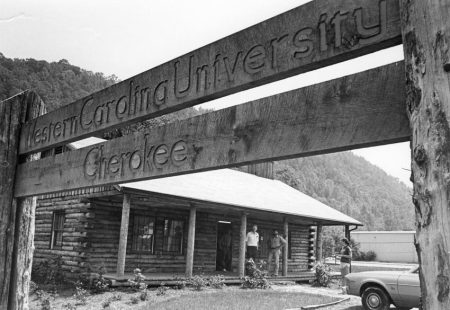Using Less Peak Power
Simple steps can help eliminate our problem with peak electrical demand. Some changes cost nothing. Others actually save money in the long run.
by Michael Hopping
Progress Energy defines wintertime “peak hours,” the times when demand is highest, as 6 a.m. to 1 p.m. and 4 p.m. to 9 p.m. on weekdays. Peak hours from April through September are 10 a.m. to 9 p.m., again on weekdays. Weekends are off-peak.
We can substantially reduce peak demand by shifting as much electrically intensive activity as possible to off-peak hours. This includes heating water and buildings, running clothes dryers, and using air conditioning. Nobody wants to swelter or freeze by turning off a heating or cooling system. The Progress EnergyWise program compromises by automatically cycling them on and off for brief periods when demand is highest.
Second, we can reduce the amount of electricity we use overall.
Replacing regular lightbulbs — but not those on dimmer switches — with
compact fluorescents saves money and power, as do Energy Star
appliances. Replace an electric water heater with a solar-thermal or
gas system. Better home insulation, caulking around doors and windows,
and energy-efficient windows also cut long-term costs and power
consumption.
These are just a start. For more ideas see the Progress Energy
web page
www.progress-energy.com/custservice/carres/efficiency/index.asp and
check out the Southern Energy and Environment Expo at the WNC Ag
Center, August 21-23.
Visit www.seeexpo.com for more information.








